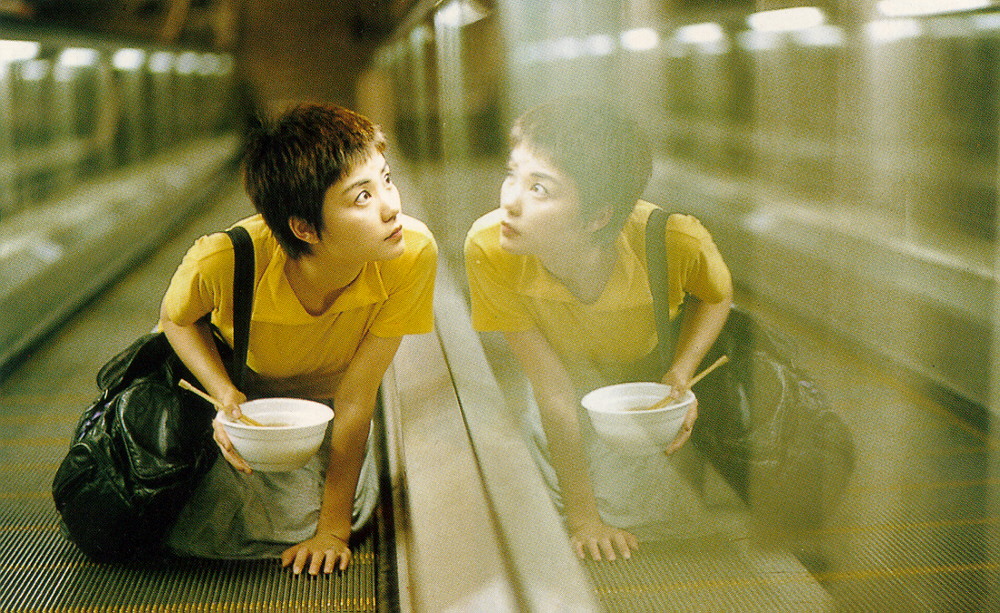
Asian films have played an important role in the preferences of both Western audiences and filmmakers since the 1950s, when Akira Kurosawa’s films had a large impact in the United States, with auteurs like Sergio Leone, George Lucas and Martin Scorsese including him among their most important influences.
During the 1980s, Hong Kong action films had a similar effect, while Japanese anime became a sensation in the 90s and 00s. In the last two decades, Japanese cult films have attracted large audiences, while Korean films, particularly thrillers, have become popular in the West.
Here is a list of 25 of them, in chronological order.
1. Rashomon (Akira Kurosawa, 1950, Japan)
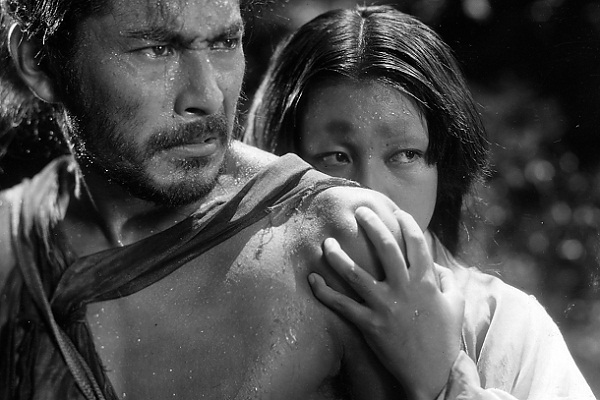
A villager and a priest find solace from the rain under the Rashomon gate and soon after, another passerby joins them. Waiting for the hurricane to pass, they busy themselves by discussing a heinous crime that occurred in the nearby forest, where a samurai was tortured to death and his wife was raped. The main suspect is a notorious criminal.
The three men try to reach the truth, using their memories of the testimonies of the woodcutter who discovered the body, as well as those from the accused Tajomaru, the raped widow, and the deceased’s spirit through a medium.
Akira Kurosawa directs a movie that revolves around the way humans perceive and interpret reality by using a number of unprecedented techniques, as with the various characters providing alternative and even contradictory versions of the same incident.
“Rashomon” is considered the film that introduced Japanese cinema to the global stage, with Kurosawa netting an Honorary Award from the 24th Oscars and the Golden Lion at the Venice Film Festival, among a plethora of others. Currently, it is consiered one of the greatest films ever made.
2. Tokyo Story (Yasujiro Ozu, 1953, Japan)
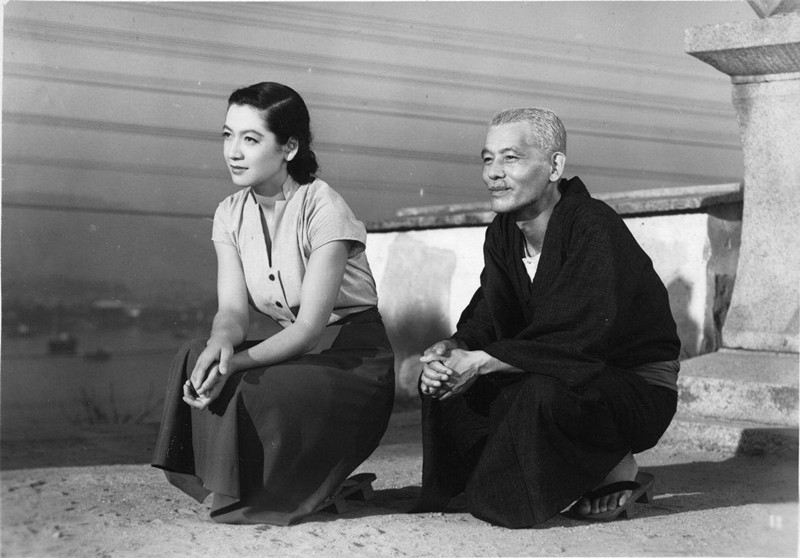
Yasujiro Ozu’s magnum opus is considered one of the most genuine Japanese films of all time, and in 2012, filmmakers voted it as the best film of all time, replacing “Citizen Kane” at the top of the “Sight & Sound” directors’ poll.
Set in Tokyo eight years after the end of WW2, the film revolves around a visit an elderly couple pays to their children, who live with their families in the ever-growing metropolis. Their children, however, do not seem to want to associate much with them and eventually abandon them at an inn at a tourist resort.
Ozu directs a film that has an evident predilection towards the traditional values of Japanese society, in contrast to the new values resulting from the raging modernization of Japan in the decades after the war. In that fashion, the elderly couple seems happy and filled with love, compared to their kids’ families that seem tortured by issues caused by modern society.
However, Ozu avoided melodrama by focusing on images rather than dialogue, in order to express his view.
3. Seven Samurai (Akira Kurosawa, 1954, Japan)
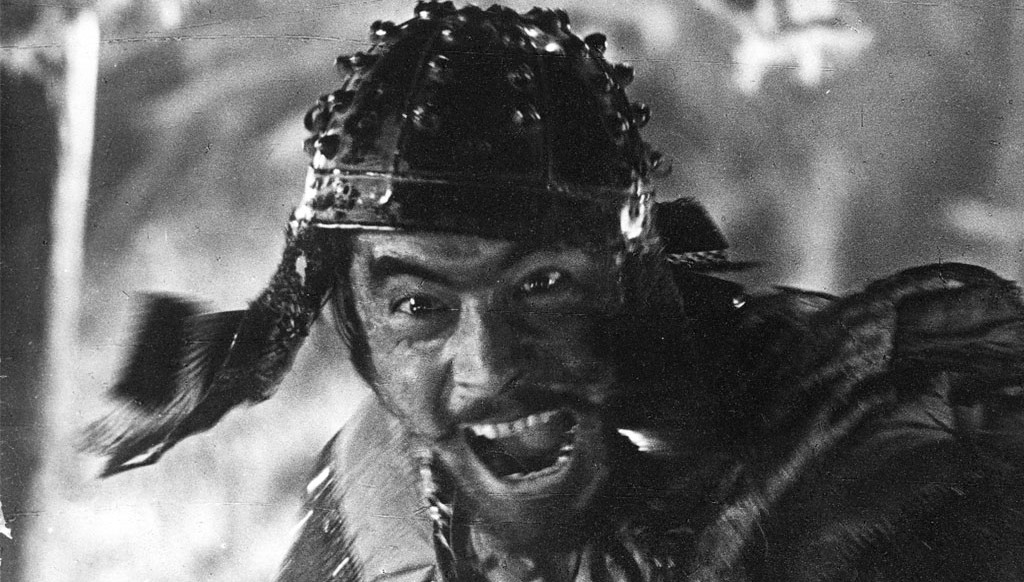
Akira Kurosawa’s masterpiece is one of the most influential films of all time.
The black and white film revolves around seven wandering samurai who are hired to defend the seedy inhabitants of a small village, who are threatened by bandits, while their payment is simply rice.
Kurosawa entailed all the aesthetics of the golden era of Japanese cinema, including form, pace, character depiction, and magnificently choreographed action to present a film that excels in all departments.
“Seven Samurai” became the basis of many films, with John Sturges’ “The Magnificent Seven” being a direct adaptation.
4. The Way of the Dragon (Bruce Lee, 1972, Hong Kong)
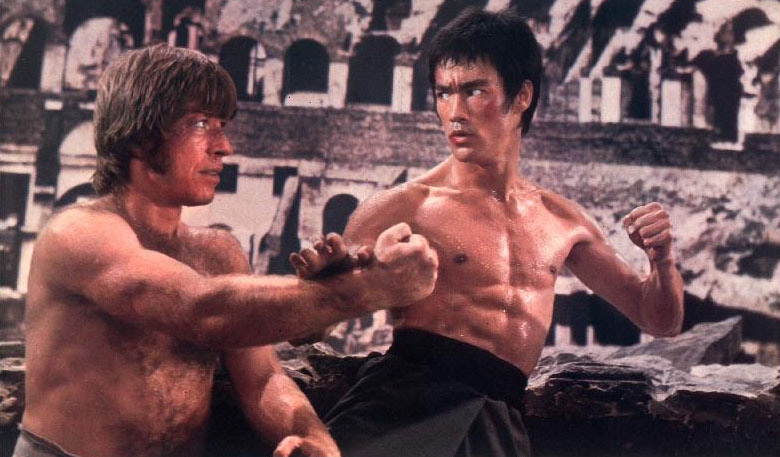
Tang Lung arrives in Rome from Hong Kong to help a friend who’s having trouble with the local mafia, who wants to acquire her restaurant. Upon his arrival, the gangsters back off after Lung exhibits his martial arts prowess. However, their withdrawal is temporary and their boss orders them to kill Lung. As their efforts fail, he hires an international martial champion named Colt.
This film is Bruce Lee’s first and last attempt to write and direct, and he did a great job with both, in genuine martial arts film style, where the script and the direction exist solely to provide a background for the action. Furthermore, he included some humorous moments, particularly in the first part of the film.
The scene that made the film an international success is the one where Bruce Lee duels with Chuck Norris, who plays Colt, in the Coliseum, in one of the greatest fighting sequences of both protagonists’ career.
5. Ran (Akira Kurosawa, 1985, Japan)
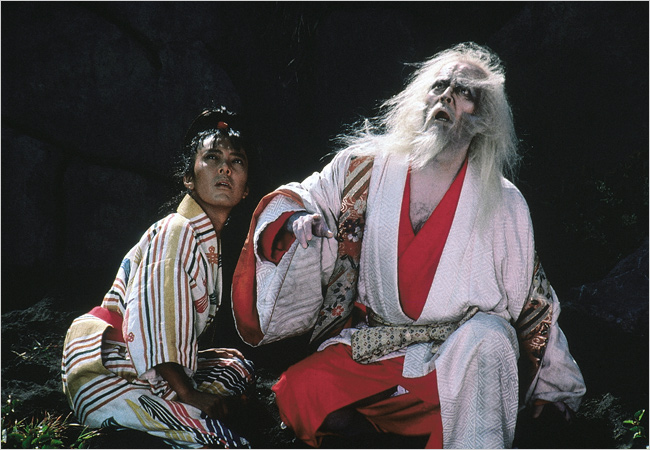
Kurosawa’s last epic was probably the most notorious entry in his vast filmography, since it was the most expensive Japanese film ever produced up to that point. It was also almost dropped for lack of funding, and the 75-year-old master lost his wife during the shoot, in an event that only stopped him for a day.
Eventually, and after many “skirmishes” with the Japanese film industry, it received Oscar nominations for art direction, cinematography, costume design (which it won), and Kurosawa’s direction, after a campaign started by Sidney Lumet. It is currently considered one of the greatest films ever made.
In feudal Japan, Lord Ichimonji decides to divide his realm among his three sons. However, after a misunderstanding with the younger son, he banishes him, in an act that eventually instigates a terrible war.
Kurosawa’s take on Shakespeare’s “King Lear” is a film focused on the bigotry and futility of authority, with a family resorting to war to win a throne. Furthermore, the film is an audio-visual masterpiece, with the scenery, the sets, and the battles being utterly magnificent. Kurosawa directs a tribute to the Jidaigeki genre, while presenting his critique of the history of Japan, through the chaos that seems to be the biggest driving force.
6. Akira (Katsuhiro Otomo, 1988, Japan)
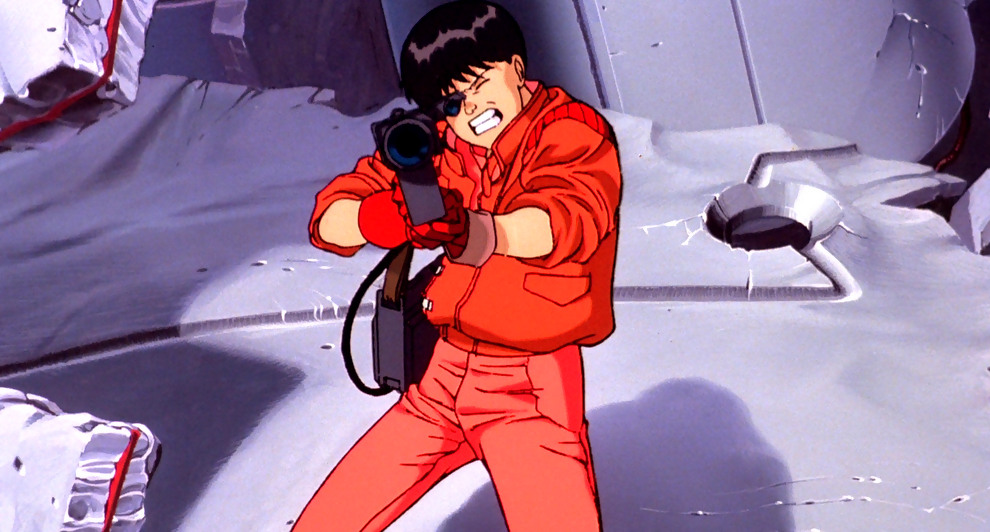
Katsuhiro Otomo’s magnum opus, based on his own manga that stretches for more than 2000 pages, is one of the landmarks of the genre, having turned the attention of international audiences towards anime.
Neo-Tokyo is a post-apocalyptic megalopolis that was built near the remains of the old city, which was destroyed during World War 3 by a nuclear attack. There, a motorcycle punk gang headed by Kaneda is constantly battling another gang, the “Clowns”.
Unfortunately, Kaneda and his comrades find themselves in the wrong place at the wrong time, in an incident that includes government officials and some mysterious creatures. Furthermore, the government later arrests Tetsuo, a member of the gang, in an act that leads to a number of tragic incidents.
The film is the epitome of post-apocalypse, one of the genre’s most cherished themes. Otomo describes a dystopian reality where gang wars, criminality, abandonment, fear and death synthesize the environment of a decaying metropolis.
Completely hand-drawn, “Akira” is nevertheless another audio-visual masterpiece, incorporating exquisite animation and a vast palette of colors to depict the futuristic and industrial environment of Neo-Tokyo. In particular, the various action scenes and the catastrophe scenes are ranked among the best ever to occur in animation.
7. The Killer (John Woo,1989, Hong Kong)
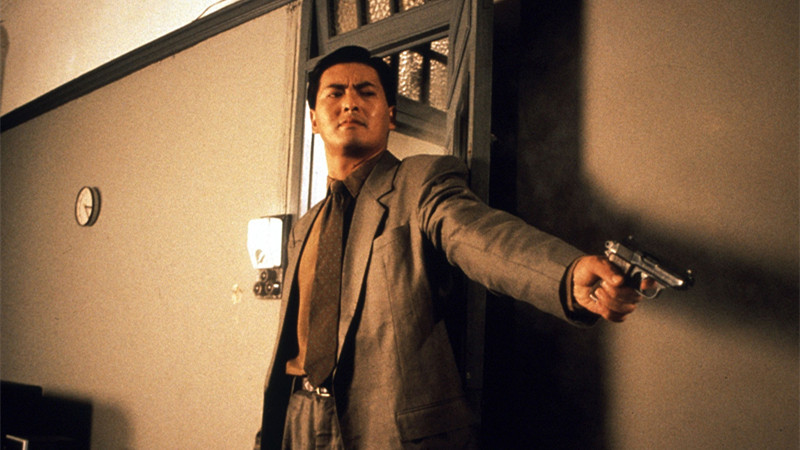
John Woo is one of the most celebrated Asian filmmakers in the West, with him even directing films in Hollywood. This title is his most renowned.
Ah Jong is a contract killer who, during his latest assignment, accidentally traumatizes a female singer at a nightclub. In order to pay for her operation, he agrees to take on one last mission.
John Woo’s distinct style found its apogee in “The Killer”, with its stylized violence, constant bloodbaths, slow motion editing, impressive action scenes, the elaborate usage of guns, and the flying of pigeons, a motif that began in this particular film. Furthermore, the final scene in the church is one of his most distinct ones.
Chow Yun Fat gives a masterful performance in the protagonist role, which made him an icon all throughout Asia and eventually led him to Hollywood.
8. Chungking Express (Wong Kar Wai, 1994, Hong Kong)

Cop 223 has separated from his girlfriend and in a strange effort at remembering her, he eats 30 cans of pineapple every year on her birthday. A woman with a blonde wig tries to resolve her issues, and the two of them will share their solitude. In another part of the town, Cop 663, who is also separated, meets an eccentric waitress named Faye who is obsessed with the song “California Dreamin” by the Mamas and Papas, and falls in love with him.
Wong Kar Wai created four lonely, separated, antisocial and daydreaming characters, who desperately try to share their desolation, with the megalopolis being the link that connects their stories.
The first story is fast-paced and the editing is brisk, with the handheld camera moving rapidly inside the chaos of the city at night. The second story is more slow-paced and has scenes occurring in closed spaces during the day, although the use of the handheld camera remains.
“Chungking Express” displayed a great Asian cast, including Brigitte Lin, Takeshi Kaneshiro, Tony Leung and Faye Wong. However, the one who stands apart is Leung, who is wonderful as 663, a silent and tough man who is interested in a woman but is afraid to express his feelings.